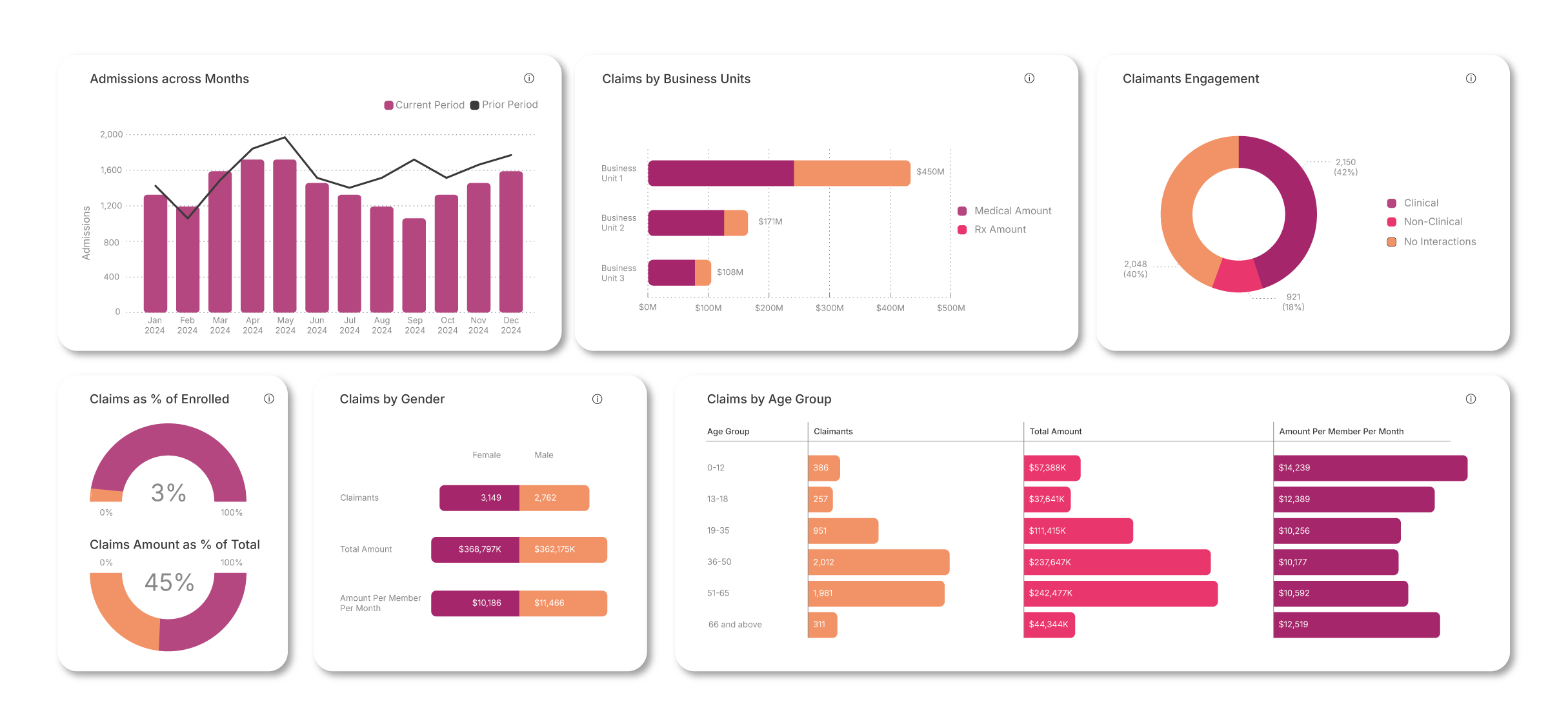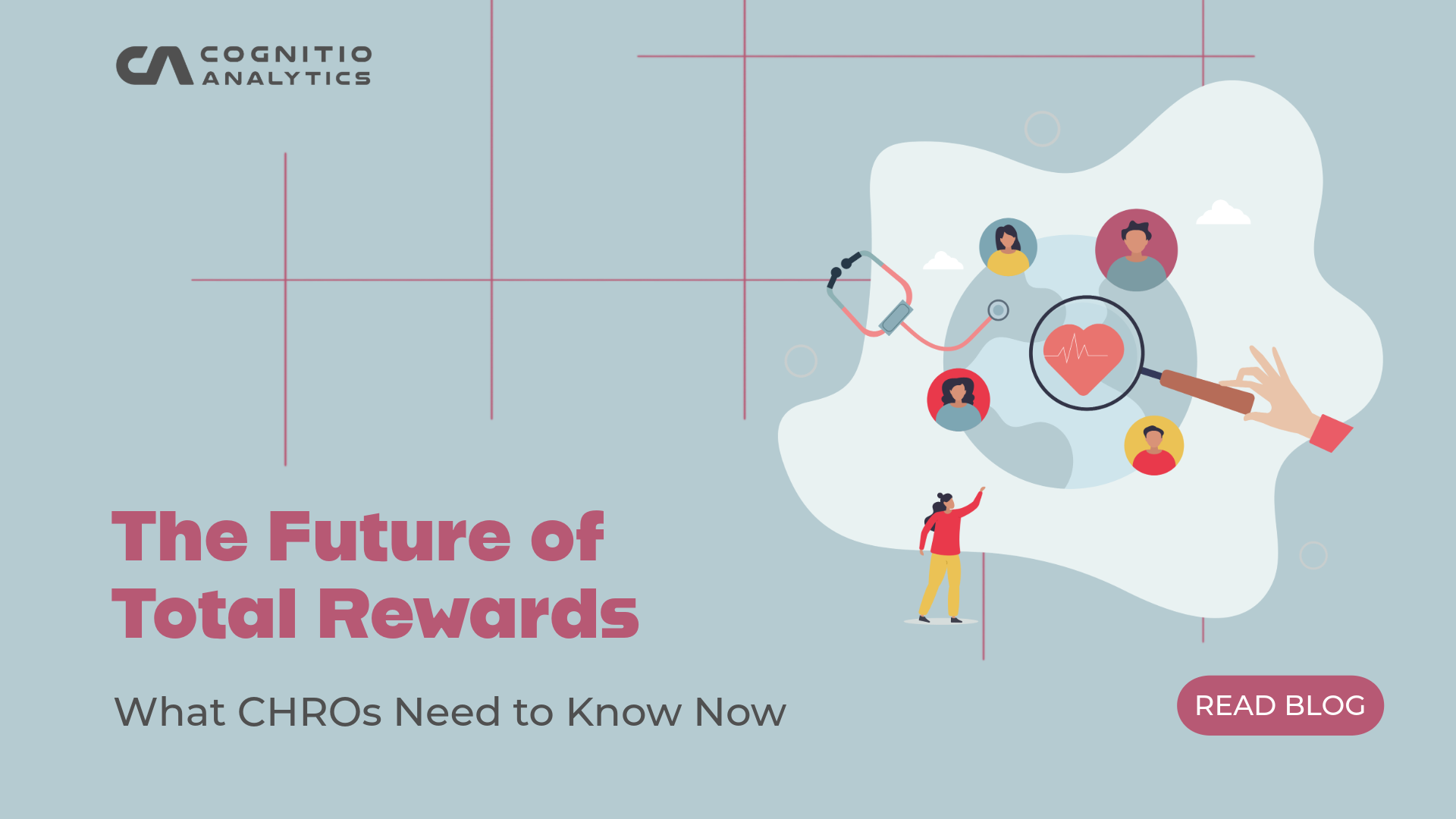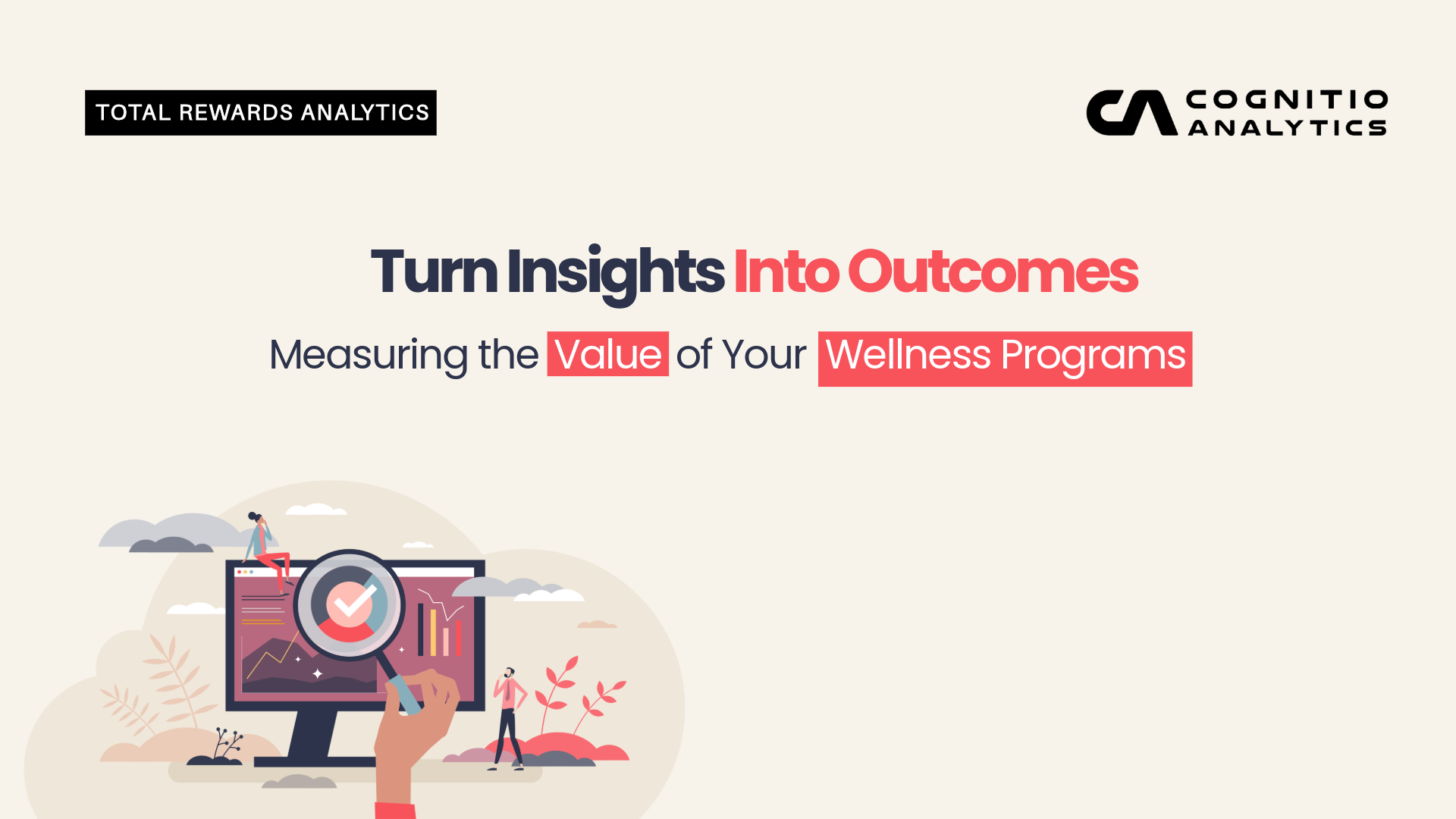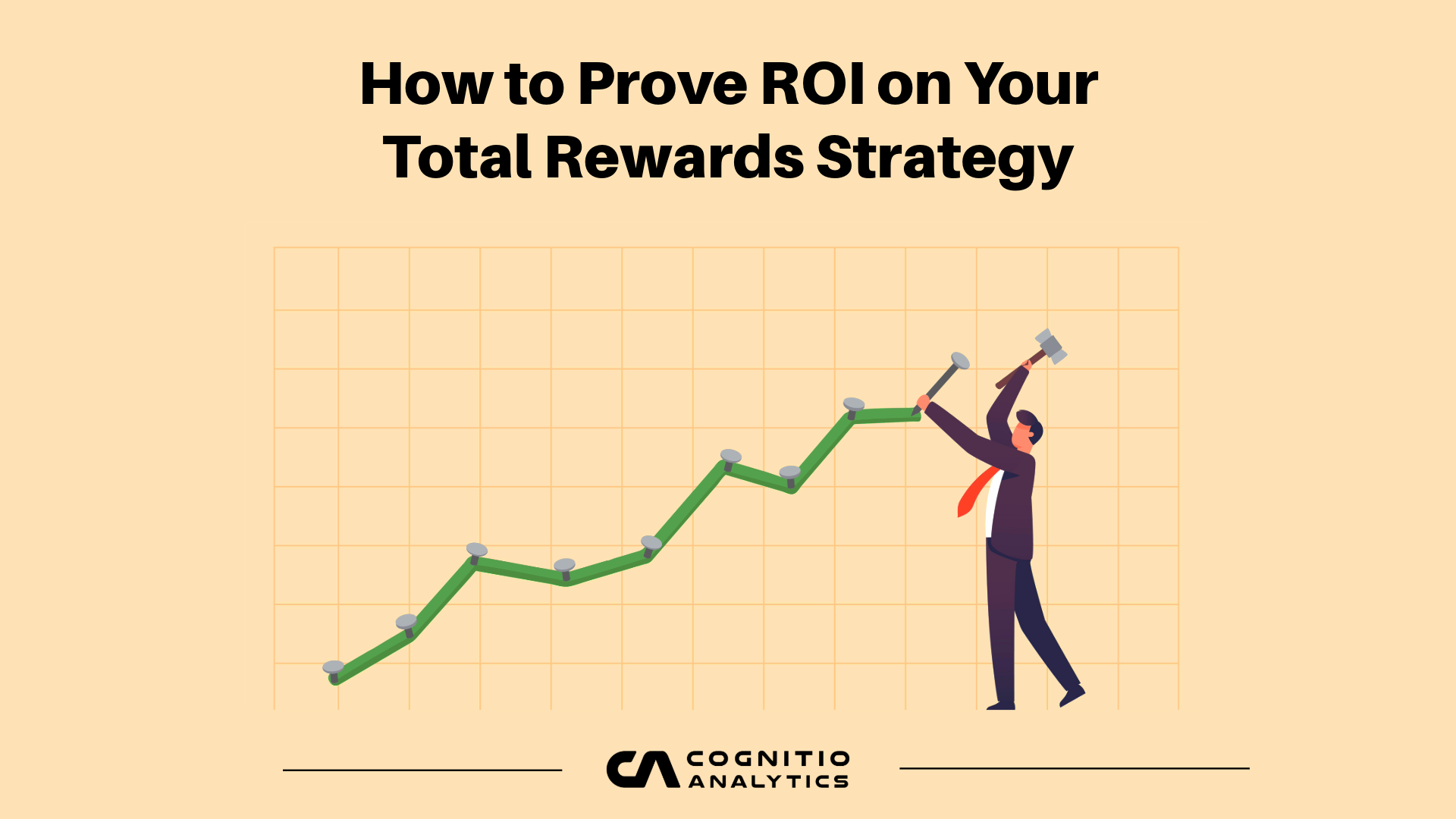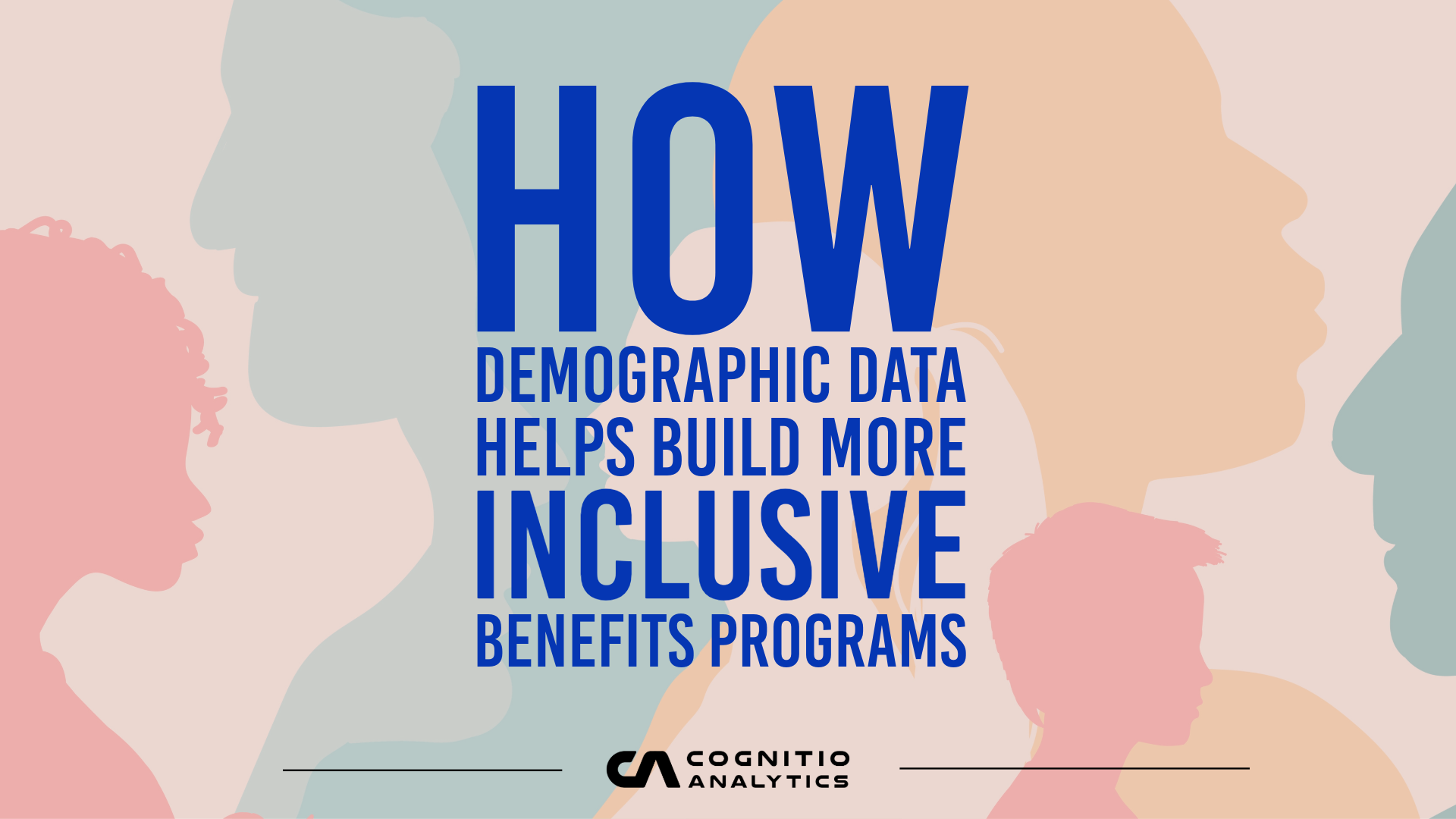
How Demographic Data Helps Build More Inclusive Benefits Programs
- Published Date: September 12, 2025
Equity and inclusion are no longer just values for organizations—they are strategic imperatives. Employees expect benefits that reflect the diversity of their lives, and companies that fail to deliver risk disengagement, low utilization, and higher turnover.
But how can HR leaders move beyond one-size-fits-all plans to create truly inclusive programs? The answer lies in demographic insights powered by Total Rewards Analytics (TRA).
Why Demographics Matter in Benefits
Employees differ in age, gender, family status, health conditions, income levels, and cultural backgrounds. These differences shape what benefits are most relevant. For example:
• Younger employees may prioritize student loan repayment or career development opportunities.
• Parents may value childcare support or family health coverage.
• Employees nearing retirement may focus on long-term financial security and preventive healthcare.
Without demographic analysis, organizations risk offering programs that look comprehensive on paper but fail to meet the real needs of their workforce.
Turning Data Into Inclusive Design
TRA brings together member-level data across demographics, enabling organizations to:
• Spot utilization gaps (e.g., low preventive care use among men under 40).
• Identify disparities in health outcomes or access across different employee groups.
• Tailor communications so that benefits resonate with specific demographics.
• Design equitable programs that remove systemic barriers and reflect workforce realities.
These insights ensure every segment of the workforce feels represented and supported.
Personalization at Scale
Inclusion doesn’t mean offering unlimited options—it means offering the right options to the right people. By combining demographic insights with predictive analytics, HR can:
• Recommend benefits packages that fit employee needs.
• Adjust wellness programs for higher engagement.
• Provide equitable access to resources across regions and groups.
This approach transforms benefits from a blanket offering into a personalized, equitable experience.
Build benefits programs that truly reflect your workforce.
See how TRA helps organizations turn demographic insights into more inclusive, equitable, and impactful total rewards strategies.
Conclusion: Data as a Path to Inclusion
Benefits equity is not achieved through guesswork. It requires visibility into who employees are, what they need, and how they engage with existing programs.
By leveraging demographic data through Total Rewards Analytics, organizations can design benefits programs that are not only fair but also meaningful—programs that foster inclusivity, boost engagement, and strengthen the employer-employee relationship.
Explore the Latest
Insights, stories, and trends shaping the future of work and rewards.

